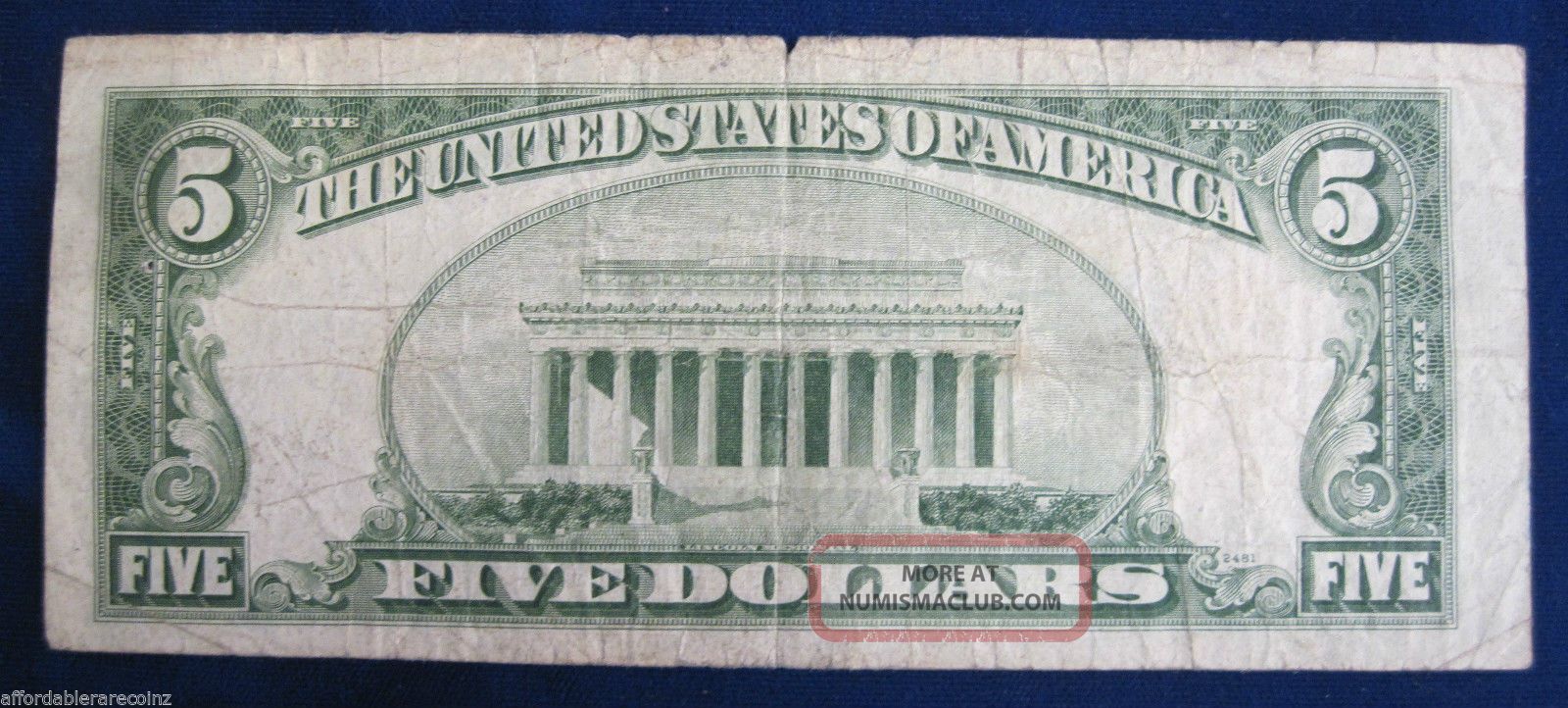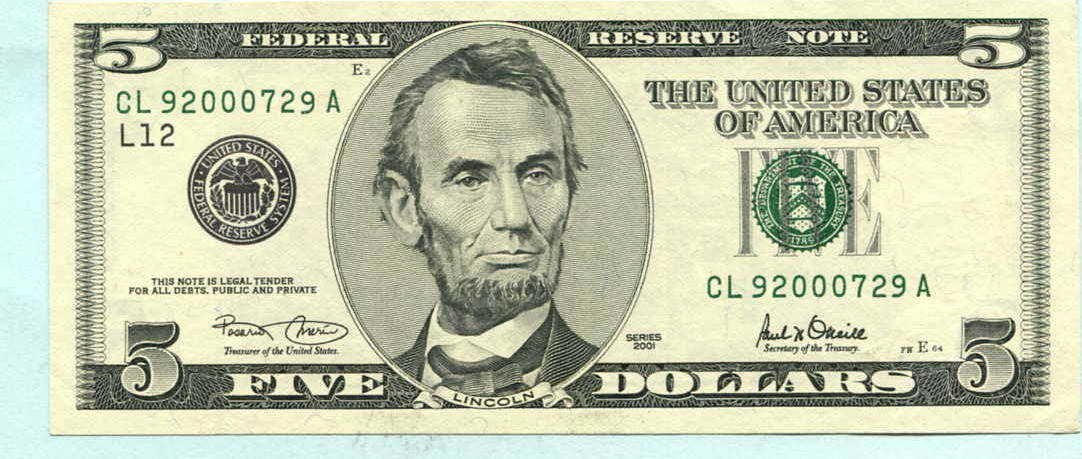
Ford himself eventually realized that the Sociological Department was unsustainable. Henry Ford and his supporters may well have seen the Sociological Department as a benevolent tool to benefit his employees, but the workers came to resent the intrusion into their personal lives. Modifying the people who carried out those methods was quite another. Modifying manufacturing methods was one thing.
#Five dolla booku money full
Not until these problems were corrected did the employee receive his full bonus. If “violations” were discovered, the inspectors offered advice and pointed the families to resources offered through the company. In contrast, Ford Motor Company inspectors came to workers’ homes, asked probing questions, and observed general living conditions. Moral righteousness and prudent saving were all well and good, but they were not generally an employer’s business-at least not outside of working hours. To qualify for the pay increase, workers had to abstain from alcohol, not physically abuse their families, not take in boarders, keep their homes clean, and contribute regularly to a savings account. If higher pay was intended to eliminate these problems, then Ford would make sure that his employees were using his largesse “properly.” The company established a Sociological Department to monitor its employees’ habits beyond the workplace. Part of Henry Ford’s reasoning behind the Five-Dollar Day was that workers who were troubled by money problems at home would be distracted on the job. But if you met all of the company’s requirements, Ford gave you a bonus of $2.70. If you made $2.30 a day under the old pay schedule, for example, you still made that wage under the Five-Dollar plan. Lost in the headlines was the fact that the pay increase was not a raise per se, it was a profit sharing plan. Those who did have jobs at Ford soon discovered that there were even more conditions. Ford announced that it would only hire workers who had lived in Detroit for at least six months, and the situation slowly came under control. The company was overwhelmed, riots broke out, and the crowds were turned away with fire hoses in the icy January weather. Within days of the announcement, thousands of applicants came to Detroit from all over the Midwest and entrenched themselves at the Ford’s gate. If the need to retain workers was a partial motivation for the Five-Dollar Day, then the solution may have worked too well. Ford reasoned that a bigger paycheck might make the factory’s tedium more tolerable.įord’s Five-Dollar Day prompted banner headlines around the world. The assembly line depended on a steady crew of employees to staff it, and training replacements was expensive. Many simply quit, and Ford found itself with a crippling labor turnover rate of 370 percent.

Workers who had taken pride in their labor were quickly bored by the more mundane assembly process. The very goal of the moving assembly line was to take what had been relatively skilled craftwork and reduce it to simple, rote tasks. The public was eager to buy all of the cars Ford could build.Įxplosive production gains came at the cost of worker satisfaction.

Increased efficiencies lowered production costs, which lowered customer prices, which increased demand. Experiments through 1913 and into 1914 reduced the time required to build a Model T automobile from 12½ hours to a mere 93 minutes. To a large degree, Ford’s implementation of the Five-Dollar Day cannot be appreciated without first understanding his advances with the moving assembly line. As usual, the truth lay somewhere in the middle. Cynics asserted that it was little more than an elaborate publicity stunt. Ford admirers believed it was pure philanthropy. Others speculated it was to counteract high labor turnover due to increasingly monotonous assembly line work. Some suggested the increase was to justify assembly line speed-ups. In the century since, many theories have been posited for Ford’s bold move. The notion of a wealthy industrialist sharing profits with workers on such a scale was unprecedented. The announcement generated glowing newspaper headlines and editorials around the world.


On January 5, 1914, Henry Ford and his vice president James Couzens stunned the world when they revealed that Ford Motor Company would double its workers’ wages to five dollars a day.


 0 kommentar(er)
0 kommentar(er)
